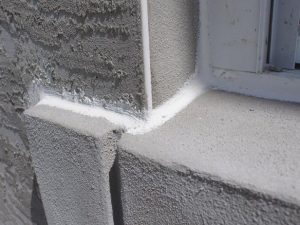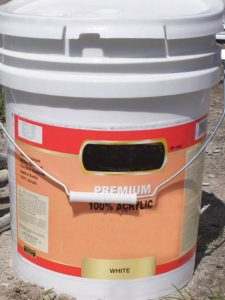Few features of your home make an immediate visual impact like the exterior paint job. Superbly applied paint conveys your pride in your home and helps define its personality. HGTV.com walks you through the steps of painting the exterior of a house, from prep work through the finishing touches.

Step 1: Prep Your Surface

Step 2: Caulk and Patch

Step 3: Take Time to Prime
To get the most out of your paint job, prime with a quality sealer. “Sealer has high resin content,” Dan explains. “That goes over old paint, locks everything in place and creates a good surface for the new paint to adhere to.”
Check the label on your primer or sealer to determine how long to wait before you begin painting.

Step 4: Choose Quality Exterior Paint
– Binders, which hold the pigment to the wall.
– Solvents, which make the paint spreadable. Today, most exterior paints are water-based.

Step 5: Pick Colors With Curb Appeal
Before getting your heart set on a certain color, check with your neighborhood association and local building department to make sure there are no restrictions on paint colors in your area.

Step 6: Spray and Roll
Step 7: Finishing Touches
Happy painting!
Don’t feel like painting your house? Then you can always book a painter and leave the job to the professionals.
Source: hgtv.com


… [Trackback]
[…] Read More on to that Topic: beycome.com/blog/how-to-paint-home-exterior/ […]